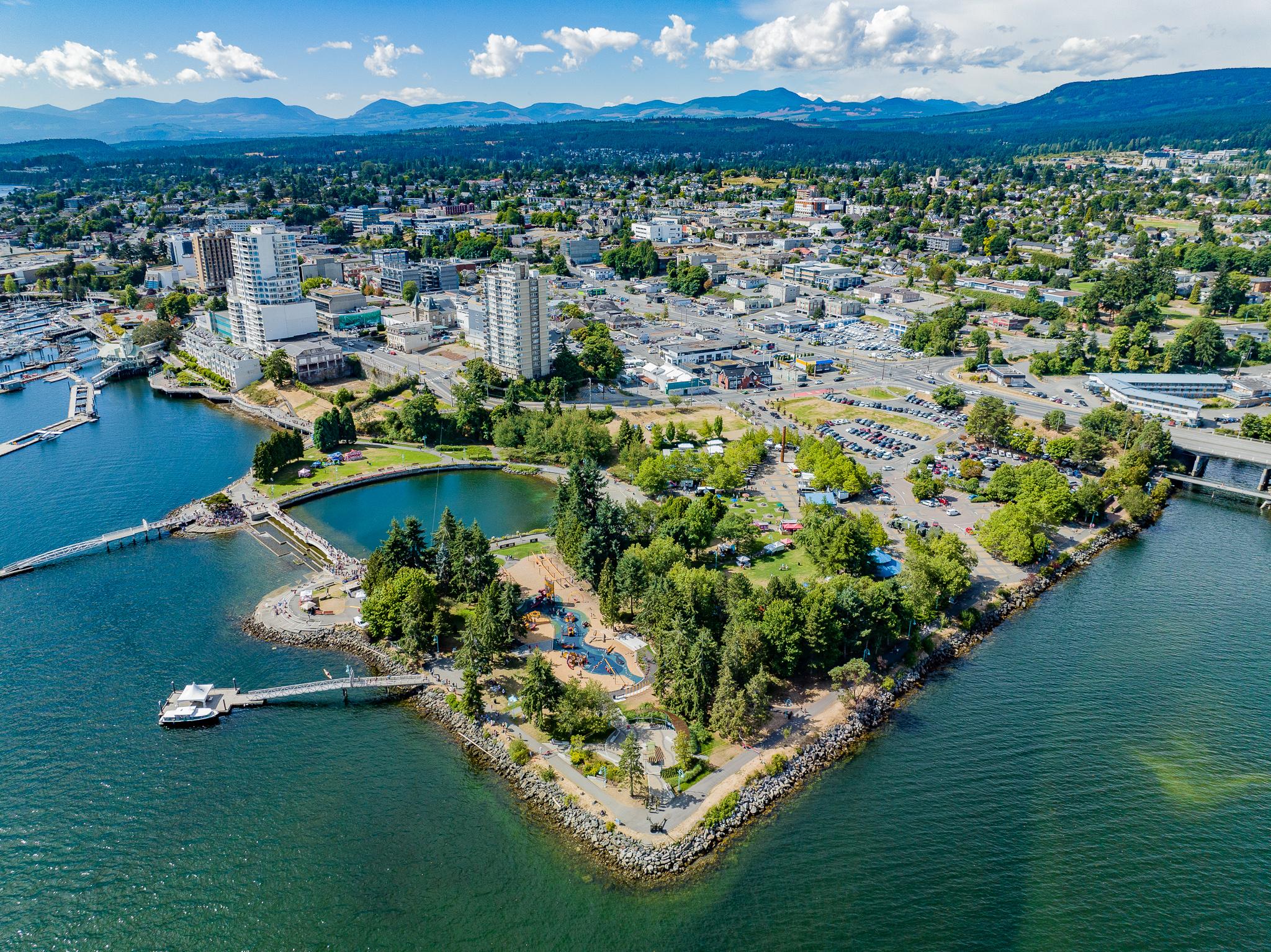
The Resilience Paradigm Has Shifted
Resilience has always mattered—but its definition is evolving. That shift became clear on February 1st, when new tariffs were introduced on Canadian goods, sending ripple effects through trade corridors and business forecasts alike. In this new climate, a city’s ability to adapt, diversify, and support its residents isn’t just admirable—it’s essential.
So when BC Business released its 2025 list of B.C.’s Most Economically Resilient Cities, it struck a timely chord. Resilience is no longer a passive strength; it’s a competitive advantage.
What Do We Mean by “Resilient”?
“Resilience” is a word that gets used a lot—sometimes too often. But in the context of city-building, it has a clear and compelling meaning: the ability to withstand economic pressures, adapt to changing circumstances, and maintain a strong quality of life for residents.
BC Business’s report assessed B.C. municipalities over 10,000 people using nine key metrics that, together, tell a story of economic and social health:
- Five-year population growth
- Household financial vulnerability
- Sense of belonging
- Rental vacancy rate per 10,000 population
- Residential sales per 10,000 population
- Housing starts per 10,000 population
- Change in jobs per 10,000 population
- Average annual unemployment rate
- Economic diversity
These data points don’t just measure prosperity they measure adaptability—the heart of modern resilience.
Who Made the List?
Vancouver Island is punching above its weight in 2025. Of the top ten most resilient cities in B.C., seven are on the Island:
- Sidney
- Langford
- Central Saanich
- Kelowna
- West Kelowna
- Saanich
- Parksville
- Victoria
- Sechelt
- Nanaimo
The Island’s dominance in the rankings is no coincidence. Since the COVID-19 pandemic – and with the rise of remote work – communities here have become magnets for footloose professionals seeking a better quality of life and more affordable housing outside of Greater Vancouver. This migration has helped fuel growth, diversify economies, and strengthen the very foundations of resilience.
Nanaimo’s placement at number ten invites a closer look—not just at where the city stands, but how it got here, and what it might take to move higher.
Why Nanaimo is a Resilient City
Nanaimo’s economic resilience in 2025 is the result of both intentional strategy and organic growth. The city has seen steady progress across multiple indicators, signalling not only a thriving economy but a community that’s becoming more connected and confident.
Here’s a breakdown of three of the most notable improvements:
Housing Starts: From 26 to 67.5 per 10,000 People
Between 2022 and 2024, housing starts in Nanaimo jumped by more than 40 units per 10,000 residents—a major indicator of growth in both population and construction activity. According to city records, this aligns with the spike in residential development permits, particularly in areas targeted for densification and infill.
More housing starts don’t just mean more places to live. They reflect economic demand, investor confidence, and the city’s ability to meet the needs of a growing population—all key elements of resilience.
Economic Diversity: From 826 to 847
One of the clearest signs of a city’s economic resilience is how well its jobs are distributed across sectors—and Nanaimo is trending in the right direction. Between 2023 and 2024, the city’s economic diversity score rose from 826 to 847, reflecting a broader spread of employment across industries.
This score is derived from the Herfindahl–Hirschman Index, a measure often used to assess market concentration. In this context, it evaluates how reliant a city is on a small number of sectors. A higher score indicates a more balanced workforce—and in Nanaimo’s case, that balance has improved measurably in a single year.
Sense of Belonging: From 51 to 57
Perhaps one of the most telling indicators is social well-being: Nanaimo’s sense of belonging score rose six points. It’s a measure that speaks to the lived experience of residents by how connected they feel to the place they live.
Why does this matter for economic resilience? Because cities aren’t just systems—they’re communities. A strong sense of belonging supports mental health, civic engagement, and workforce retention. Resilient cities are places where people want to stay and invest—not just financially, but emotionally.
Why Are Island Cities Leading the Pack?
The 2025 rankings make one thing clear: Vancouver Island is emerging as a hub of resilient communities. Of the top 10, most are Island-based. So what’s driving this trend?
A few factors stand out:
Diverse Economies: From tourism to tech to construction, Island cities are not overly reliant on any one industry.
Lifestyle Appeal: Access to nature, comparably strong healthcare systems, and relatively affordable real estate are attracting new residents.
Proactive Planning: Municipalities across the Island have taken steps to plan for growth, support small businesses, and encourage sustainable development.
Nanaimo, with its central location, transportation links, and growing post-secondary sector, is a prime example of this Island momentum.
What’s Changed Since 2023?
Between 2023 and 2024, Nanaimo returned to the top ten most resilient cities for the first time in five years, propelled by a surge in housing starts, broader economic diversity, and an increased sense of belonging. Many of these gains trace back to the priorities of the City’s plan: Nanaimo ReImagined, which aligned land use, infrastructure investment, and community engagement around sustainable growth. Together, these shifts have cultivated a wider mix of industries, more job opportunities, and a deeper community fabric—key buffers against sector-specific downturns.
Resilience Isn’t Static
Nanaimo’s inclusion in the top ten most resilient cities in B.C. is a moment worth celebrating. But perhaps more importantly, it’s a baseline for future growth. As global uncertainties persist, cities that plan, adapt, and invest in their people will be best equipped to meet the challenges ahead.
In 2025, Nanaimo is showing it has what it takes—not just to weather storms, but to thrive through them. ■